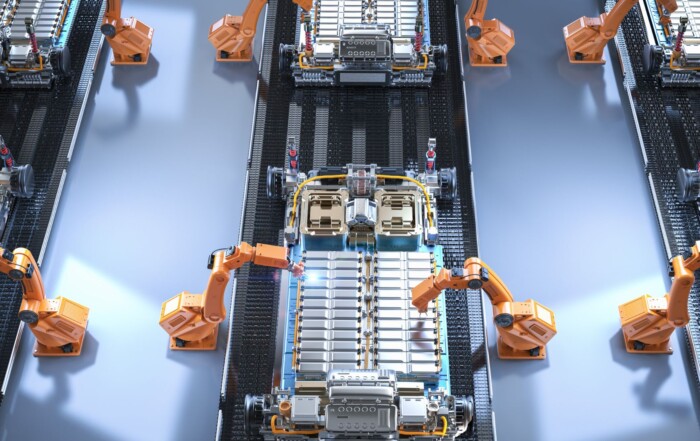Using radar sensors to operate equipment without contact –
Automated control of technical equipment.
Radar is a non-contact measurement technology that uses electromagnetic waves to locate objects in space. An antenna emits light-speed pulses, which are reflected when they hit people and objects. The received and analysed data provide information about the speed, direction of movement, distance, and angular position of the detected object. The radar unit then forwards this information in order to trigger a technical function.
Radar sensors provide technical products and machines with a sort of artificial sensory organ to perceive their surroundings. This allows them to respond to events within the coverage area. We make use of this property in two ways: passive and active control. While with passive control a technical function is only triggered unconsciously, active control involves deliberate, non-contact operation.
Note: in this article, the ‘passive’ attribute refers only to the type of control determined by the behaviour of the detected target (humans, animals, vehicles, or other objects). The target actively/consciously or passively/unconsciously activates technical devices. The radar detection method is called active due to the deliberate transmission of signals.
Passive control of technology has become well established. Automation brings convenience to everyday life that we wouldn’t want to be without. Without our active involvement, the technology takes on tasks for us. These applications are often based on motion detection. However, due to the extensive data collected, radar also boasts other possibilities for automation, for example based on distance.
The following four radar-based, passive-control applications illustrate their usefulness and function.
Convenient and safe – non-contact control.
Radar presents us with numerous possibilities. Passive interaction with sensor technology provides us with benefits in terms of comfort and safety. That’s why it has been in our day-to-day lives for many years – and sometimes even indispensable. It makes life easier in the following situations, among others:
If we are inattentive, it protects us from harm.
If we cannot actively trigger a function (e.g. no hands free), the sensors take on the task. Non-contact automatic systems are also helpful for people with disabilities.
An overview of the advantages of radar-based, contactless interaction is provided in the blog article ‘Interacting without touching technology’. In addition to passively triggering technical functions, radar is also used for conscious and active control. Read more about active touchless activation in the article ‘Control equipment using radar sensors ’.
Header Picture Source: © engel.ac by adobe stock
Share this Content
Building Automation & Smart Home
Contactless and intelligent control for modern technology
Radar sensors take on many tasks for us, thus making our everyday lives easier, safer, and more efficient. They are a kind of sensory organ for objects for perceiving their surroundings. These technological assistants open up new possibilities for operating devices: contactless interaction between humans and devices. The sensors are the link for triggering or automating certain actions without contact or automating them.


